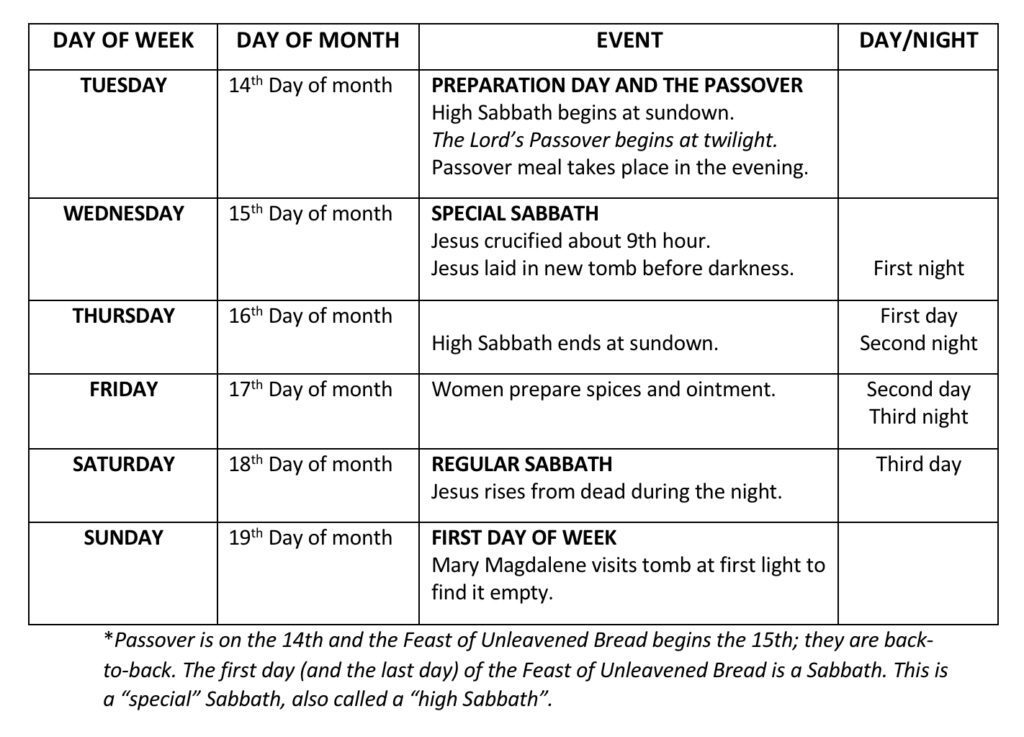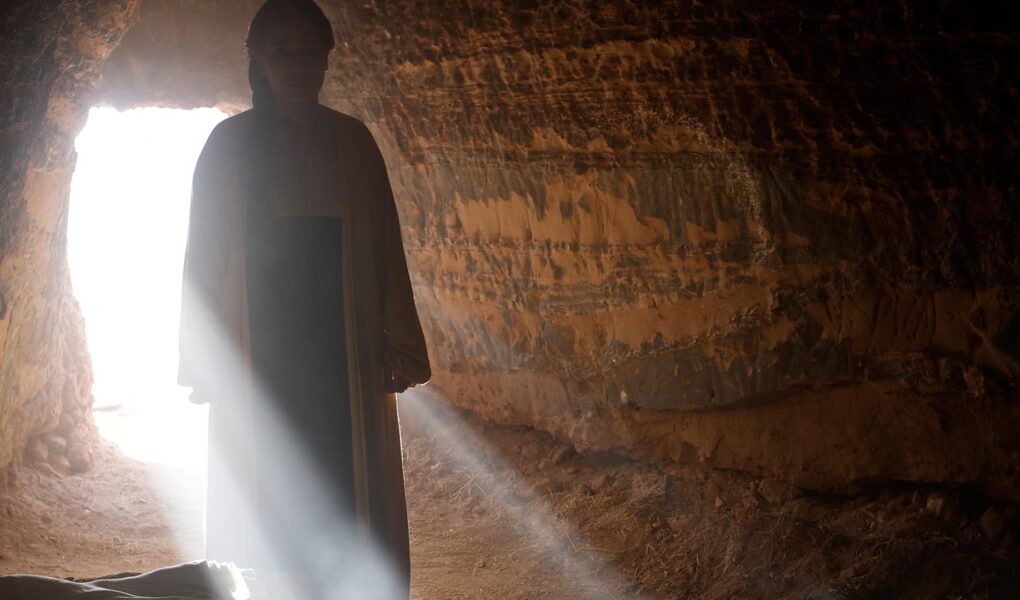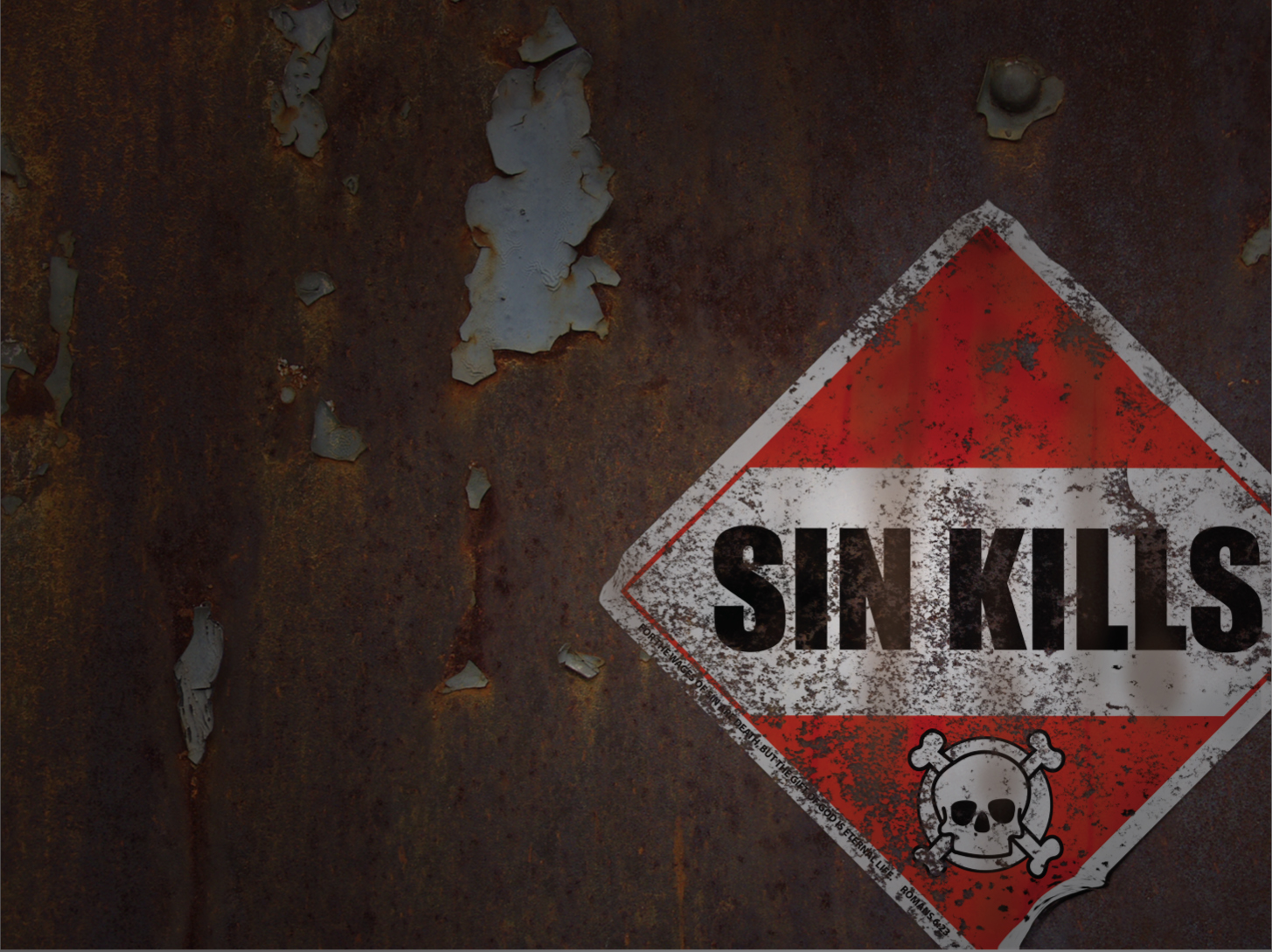In Matthew 12:40, Jesus says, “For just as Jonah was three days and three nights in the belly of the great fish, so will the Son of Man be three days and three nights in the heart of the earth.” This statement from Jesus suggests that after His crucifixion, He will be in the grave for 72 hours (three whole nights and three whole days). But when we look at the events as we understand them, it seems that Jesus was not in the grave for this entire time as He predicted. If Jesus was crucified on Friday and He resurrected on Sunday, then it would mean that Jesus was in the grave for only two nights. How can we reconcile this difference?
To begin, the Bible does not explicitly state which day of the week Jesus was crucified. However, the Bible does describe the events and festivals leading up to the death and resurrection of Christ. Several scenarios have been suggested to explain what Jesus meant in Matthew 12:40.
The most commonly held views of when Jesus was crucified are Wednesday and Friday. The Bible nowhere states that Jesus was crucified on a Friday. Some of the arguments for a Friday crucifixion is based on Marks 15:42. It says, “the day before the Sabbath”, Joseph of Arimathea asked Pilate for the body of Jesus. Likewise, in Matthew 16:21 and Luke 9:22, Jesus Himself states that He would rise “on the third day”.
On the other hand, Matthew 12:40 and Mark 8:31 says that Jesus will be raised “after” three days. Regardless, if Jesus was crucified on a Friday and resurrected on Sunday, this does not cover the three full days and three full nights. If Jesus was crucified on a Friday, how can the whole three days and three nights be explained according to Matthew 12:40?
A possible explanation for such a scenario can be by understanding how a Jewish day was measured. According to Jewish custom, any part of the day is considered or included as part of the whole day. We can see some examples in the Old Testament to understand this concept further. In Esther 4:16, Esther requests all the Jews in Susa to fast for her for three days, night or day. Now, in Esther 5:1, it says, “On the third day Esther put on her royal robes and stood in the inner court of the king’s palace,” While three days, and three nights have not been completed Esther goes to see the King on the third day. So, the third day is considered as “after” three days in this situation.
Another example is observed in Genesis 42:17, which says, “And he put them all together in custody for three days.” In the next verse (v18), it says, “On the third day Joseph said to them, “Do this and you will live,”. Again, three full days were not completed, but part of the third day was considered the whole day. There are other similar examples in 2 Chronicles 10:5,12, etc. According to Jewish tradition, a day and a night “is as the whole”. Thus, any combination of any part of three days can be considered as the whole. So, if Jesus was crucified on a Friday, and resurrected on Sunday, then it fulfils Jesus’ words in Matthew 12:40.
Another possible way to understand these events could be by putting together the information in the gospels that led to the crucifixion of Christ on Wednesday. This scenario involves two sabbaths. Scriptures command other Holy times (high-holy days) where no work is done besides the weekly Sabbaths. Leviticus 23:5-7 says, “In the first month, on the fourteenth day of the month at twilight, is the LORD’S Passover. And on the fifteenth day of the same month is the Feast of Unleavened Bread to the LORD; for seven days you shall eat unleavened bread. On the first day you shall have a holy convocation; you shall not do any ordinary work.”
According to this passage, the 14th day is the Passover and the 15th day is the Feast of Unleavened Bread. At the start of the Feast of Unleavened Bread, they must have a holy convocation where no work is done. In other words, it is to be a special sabbath, also called a “high Sabbath”, a “high-holy” day, “high” day, etc. The 14th day also became known as the “preparation day” because the people made preparations for the High Sabbath and the great feast day that begins at sundown, after which no work is permitted (High-Sabbath or high-holy day).
All four gospels reference a preparation day and agree that Jesus died on that day (Mark 15:42-47, Luke 23:50-56, John 19:31-37, and Matthew 27:62-66). In fact, John 19:31 also specifies the high-Sabbath, saying, “Since it was the day of Preparation, and so that the bodies would not remain on the cross on the Sabbath (for that Sabbath was a high day), the Jews asked Pilate that their legs might be broken and that they might be taken away.” Here the day of preparation is mentioned, and that the next day was a high-holy day or a High Sabbath day where no work was to be done. Note: this day is different to the weekly Sabbath.
Based on these facts, Jesus would have been crucified on Wednesday and in the tomb by Wednesday evening. Jesus was quickly taken from the cross after His death as there were only a few hours before the annual Feast to being (Mark 15:42-43). According to the events and feasts described in the gospels, the timeline of the crucifixion and resurrection of Jesus would have looked like this (noting the Jewish day starts at sundown and ends at sunset the next day):
- First night: Wednesday night, Jesus would be in the tomb when the High Sabbath begins since this was just after the day of preparation (John 19:31) and the start of the Feast of Unleavened Bread.
- First day: Thursday, the High Sabbath continued.
- Second night: Thursday night which is the end of the High Sabbath.
- Second day: Friday when the women see the tomb and how His body was laid, return and prepare spices and ointment. After that, they rested on the regular Sabbath according to the commandment (Luke 23:55-56). Notice the gap here; they rested on the regular Sabbath day after buying the spices and ointment. In Mark 16:1, on the first day of the week (Sunday), they go to the tomb of Jesus to anoint Him with the spices and ointment they had prepared before the Sabbath.
- Third night: Friday night, when the regular Sabbath began.
- Third day: Jesus in the tomb during the regular Sabbath on Saturday.
Please refer to the table below for a visual representation of the events:

Finally, on Saturday evening, Jesus would not have been in the tomb at the end of the regular Sabbath. Then after the Sabbath rest (recurring/weekly Sabbath), on the first day of the week, Mary Magdalene, Mary the mother of James, and Salome bought spices to go and anoint Jesus (Mark 16:1). When the women went to the tomb very early on the first day of the week, they found the tomb empty, and an angel declared to them that Jesus had risen. (Mark 16:1-8).
The above events fulfil three full nights and three full days in the tomb as declared by Jesus in Matthew 12:40. It fits with the events described in the gospels and aligns with the Jewish feasts commanded in scripture.
In conclusion, the Bible does not explicitly declare the exact day of the crucifixion of Jesus. However, the several scenarios we discussed help us understand the statement of Jesus in Matthew 12:40 and its fulfilment. Above all, the important fact is what Jesus Christ achieved on the cross because of His life, death, and resurrection. Through the cross, Christ forgives the sins of undeserving sinners, giving the hope of eternal life to all who believe in His name. It is a gift of God, where the righteousness of Christ is imputed to the sinner at salvation, and you have restored relationship with God. Believe in the Lord Jesus Christ, and you shall be saved. Amen!



